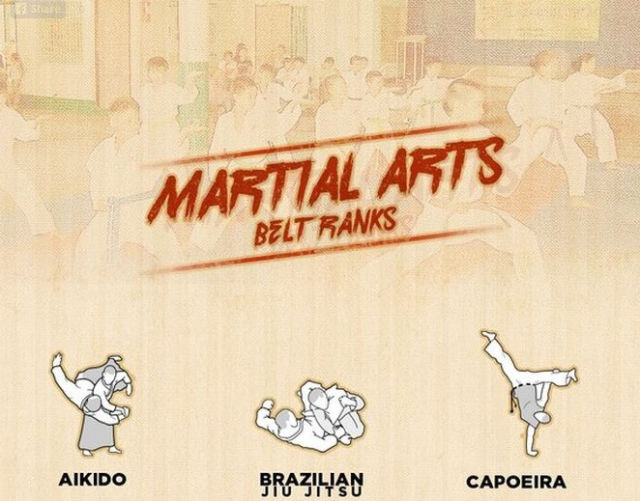The Relevance Of Flexibility In Fighting Style Guideline
The Relevance Of Flexibility In Fighting Style Guideline
Blog Article
Content Writer-Henry Hodge
Did you know that adaptability plays a critical duty in fighting styles training?
As a matter of fact, a study carried out by the International Journal of Sports Physical Treatment exposed that over 80% of martial musicians have problem with limited adaptability.
But why is versatility so vital? Well, it not only boosts your efficiency and strategy yet likewise minimizes the threat of injuries.
So, if you're wanting to take your fighting styles abilities to the following level and remain injury-free, you'll certainly want to keep reading.
Benefits of Flexibility in Martial Arts
Adaptability in fighting styles brings various advantages to professionals, enabling you to boost your performance and minimize the threat of injury. By improving your versatility, you enhance your range of activity, enabling you to execute methods with better accuracy and efficiency.
This boosted dexterity and fluidness in your movements can provide you a competitive edge, enabling you to respond quicker and adjust to various situations during competing or competitions. Furthermore, raised flexibility helps to avoid injuries by enhancing muscle elasticity and joint wheelchair.
It allows your body to relocate a lot more freely, minimizing the pressure on your muscle mass and tendons. This, in turn, minimizes the chances of sprains, stress, and muscle mass pulls. By incorporating flexibility training right into your fighting styles method, you not only improve your efficiency but also guard your physical wellness.
Strategies to Improve Adaptability
To boost your flexibility in martial arts, you can include numerous extending workouts right into your training regimen.
One effective method is dynamic stretching, which includes moving with a complete range of activity to heat up your muscles and enhance adaptability. please click the up coming document consist of leg swings, arm circles, and trunk turnings.
One more strategy is static extending, where you hold a stretch for a sustained time period. This assists extend and unwind your muscle mass, boosting versatility with time. Usual static stretches for fighting styles consist of the butterfly stretch, hindering stretch, and shoulder stretch.
In addition, including yoga or Pilates right into your training can also substantially improve your flexibility.
Bear in mind to always warm up prior to stretching and listen to your body to stay clear of injury.
Adaptability Training for All Skill Levels
As you advance in your martial arts training, boosting your adaptability comes to be vital for enhancing your general efficiency. Versatility training isn't only valuable for advanced professionals but also for beginners and intermediate students.
Despite your skill degree, integrating adaptability workouts into your training routine will aid you create a variety of motion, protect against injuries, and enhance your strategy execution.
For novices, adaptability training can help enhance your kind and pose, allowing you to carry out movements correctly and efficiently. Intermediate professionals can utilize flexibility training to more raise their series of activity and improve their fluidness in carrying out complex techniques. Advanced students can gain from flexibility training by keeping and improving their existing adaptability, enabling them to perform sophisticated moves effortlessly.
Verdict
To conclude, embracing adaptability in your fighting styles training is vital. By including strategies to enhance versatility, you can boost your performance and protect against injuries.
Keep in mind, 'A flexible body is a resistant body.' So, keep pushing tiger rock martial arts , extending frequently, and reap the benefits of a supple and nimble physique.
